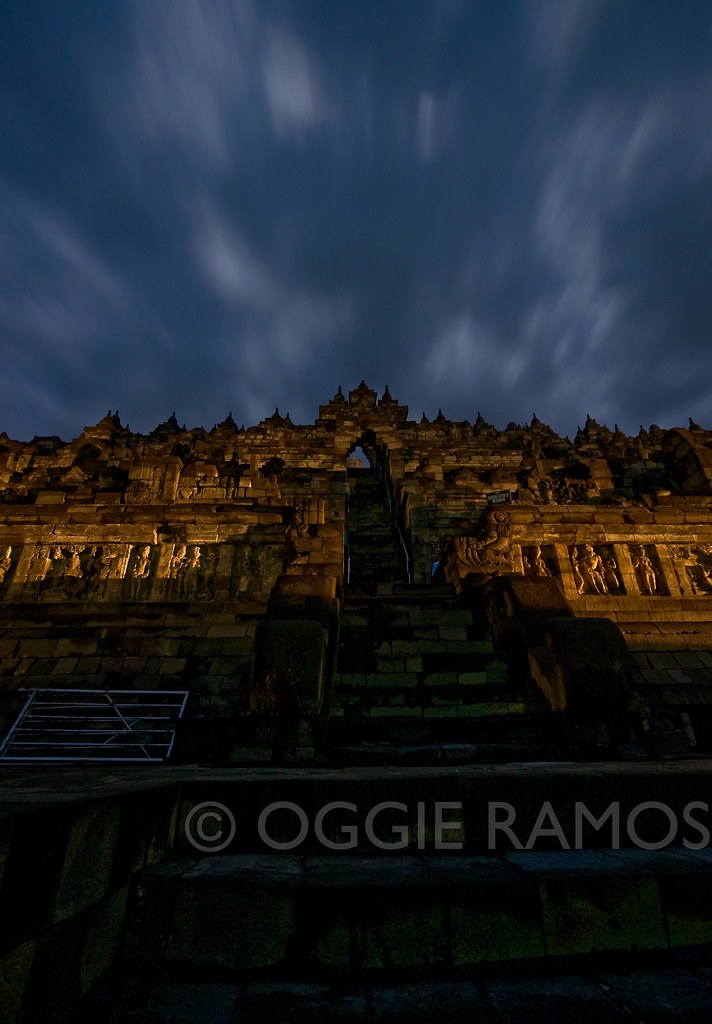 |
| Haunting Borobudur in the hours before dawn |
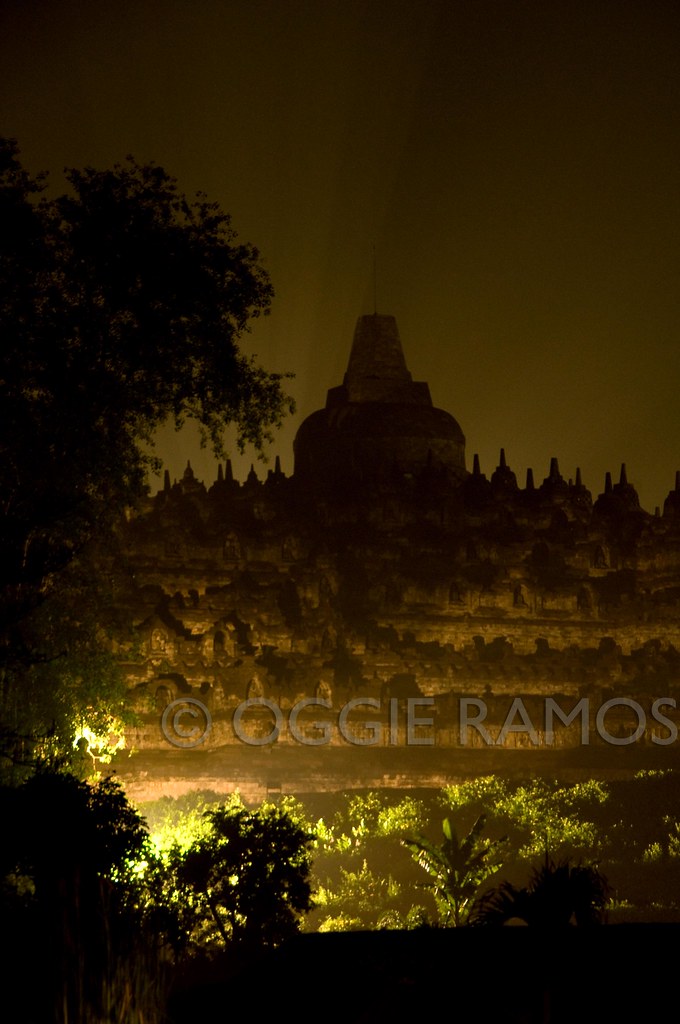 |
| Borobudur in the rainy early hours of the evening |
Guy: I won't ever go back to India, it's... blah, blah, blah, blah. Girl: The squash soup is the worst I've ever tasted... blah, blah, blah, blah. Funny, because first, it seems the magic of nearby Borobudur is lost on them, and two, we thoroughly enjoyed our mostly Nasi dinner (much credit goes to the memorable ginger milk tea served with it). And oh, we weren't loco to order squash-whatever when the local fare was simply too good to pass up.
Borobudur AM. One of the pleasures of staying at the Manohara is the privilege of seeing Borobudur at dusk and most especially at dawn, before the gates officially open for the day trip visitors. Wake-up call was at 4:30am, with the temple just within 5 minutes walking distance. Our guide was just too quick to ignore us, enamored as he was with a young Japanese lass in our group but we were all too busy setting up our tripods and cameras to care. The good weather that proved elusive the past days finally presented itself.
The path to enlightenment takes a trip of almost 5 kilometers, "circumnabulating" or going around the five levels of walls in a clockwise direction and reflecting on the bas reliefs depicting the baser instincts of men. At the upper levels, the walls give way to a breathtaking view, arriving at the "Sphere of Formlessness" representing freedom from earthly desires and pleasures, and eventually, nirvana.
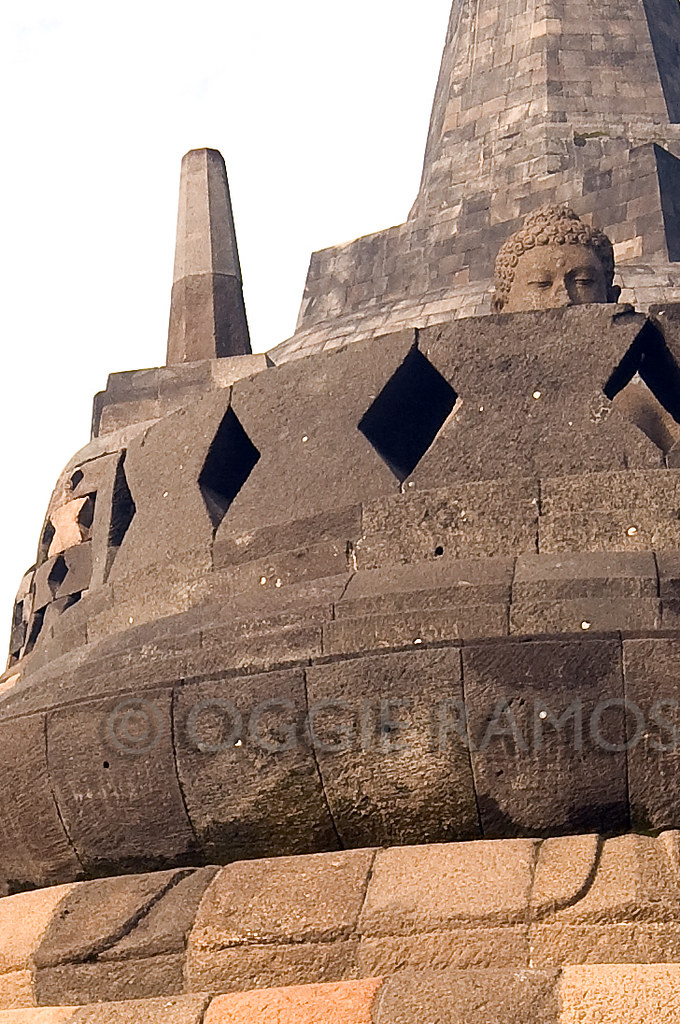 |
| Borobudur Buddha at the top |
In any case, it's easy to feel awed by Borobudur with its many walls filled with meaningful reliefs (3,000 in fact) and its many stupas reaching out to the blue sky. Unlike other temples, Borobudur was not built as a dwelling for the gods but as a representation of Meru, the Buddhist cosmic mountain, according to Roughguides. The world's largest Buddhist stupa, Borobudur had Hindu roots, begun in 775 AD by the Sanjayas. Buddhist Saliendras drove the Sanjayas eastwards and used the pyramid as their own temple around 790 AD. Over 1.6 million blocks of andesite, a local volcanic rock, were used, joined together without the use of mortar. The Saliendras subsequently abandoned the site and for a thousand years, Borobudur was neglected. It was in 1815 when the English rediscovered it but it will be more than a century later, in 1973, when UNESCO will undertake reconstruction.
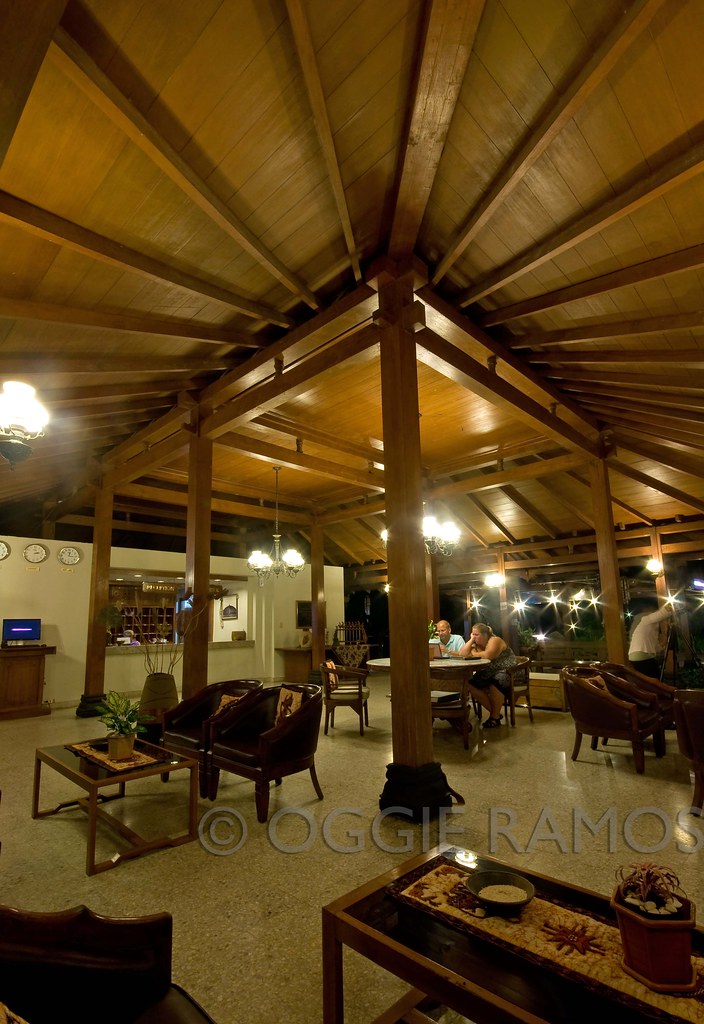 |
| Manohara lounge at night |
 |
| Manohara Lamp Detail |
Notes: I find the Manohara Hotel charming with an old-world feel. Located within the Borobudur Temple grounds, it affords one a tranquil getaway with the views of the Manohara Hills and Mt. Merapi and other mountains in the distance.
The price of an overnight stay (Rp930,000/Php4,650/US$104 for a double/triple sharing room) offers good value since it entitles overnighters to the privilege of seeing Borobudur way before dawn and prior to the official gate opening; it also includes unlimited day visits to the temple and buffet breakfast. The temple sunrise tour visitor's fee is Rp175,000/ Php875/US$20 which also includes a light snack and flashlight. The rooms aren't new but are well-kept while the staff are very warm, courteous and helpful. The open air restaurant also serve good Indonesian fare (the ginger milk tea is a must-order). There's no Wi-fi but there's a PC in the reception lounge where you can check your emails for free. Address: Komplek Taman Wisata Candi Borobudur, Magelang - Jaw Tengah. For details or inquiries, go to [email protected] or email [email protected].
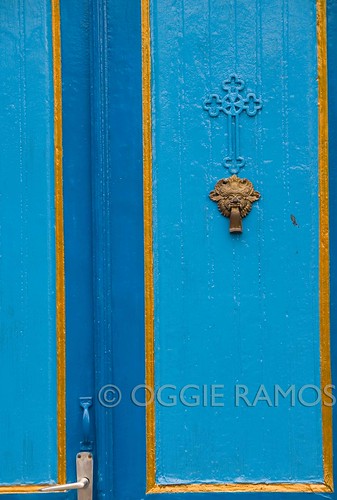
Next on Lagalog's 7-Part series on Indonesia:
Part 6 -- Surakarta: Going Solo
